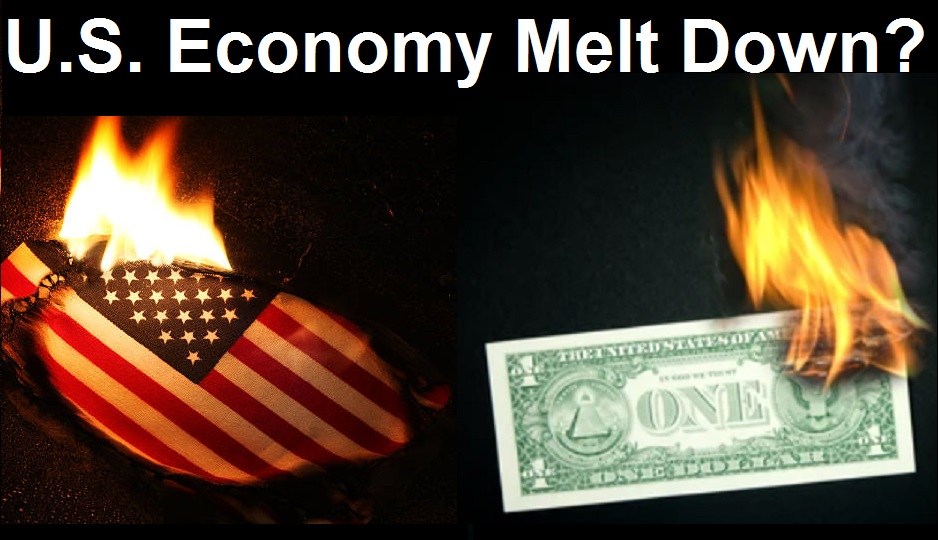
by Brian Shilhavy
Editor, Health Impact News
While I have been reporting on the Big Tech crash that started accelerating in 2022 for over a year now, others in the financial sector are finally beginning to see where the current AI hype is leading the U.S., and using such words as “apocalypse” in terms of what is going to happen when this AI bubble (which almost ALL economists now admit is a real thing) bursts.
ZeroHedge News reported this week that Goldman’s head of research has apparently “seen the light” when it comes to the AI bubble, and “is downright apocalyptic on what the current AI bubble will lead to; think dot com bubble on steroids” and that it “will be the biggest bubble in history.”
Goldman’s Head Of Research Crucifies The “AI Bubble”: Not One Transformative Application Has Been Found
Rallying markets like to shoot, or in this case buy, and ask questions much later or never – and certainly not until it is far too late, everything has crashed, and the fingerpointing and crying are all that’s left, at which point the only question on the market’s mind is why did nobody ask any questions earlier.
The latest example of this of course is the
3D TV,fake meat,virtual reality,the metaverse,blockchain, chatbot (aka AI) bubble, where a handful of supergiant firms are adding hundreds of billions in market cap every single day because of some algo glitch where the market believes their revenue growth is virtually unlimited because somehow other companies have trillions and trillions in capital spending power which they will – in a zero sum circle jerk (Editor Note: this called a “Ponzi” scheme) – give to the five biggest companies in the world, making them even bigger in the process.Luckily, almost two years after ChatGPT 3.5 was first released and almost a century after modern AI first emerged, some are finally starting to ask questions.
And in the latest Top of Mind note from Goldman, the bank goes actually asked the question whose negative response would lead to an immediate market crash: is there too much spending on AI, and too little benefit?
While the Goldman note (if not its head of research who comes out about as pessimistic on the topic as is possible) does not provide a definitive answer (and why would it seek to burst a bubble that will result in billions in M&A, IPO and follow on and debt issuance fees) it does share a handful of interviews with pundits on both sides of the aisle.
But more importantly, it does assert that there is virtually “nothing to show” in terms of actual, tangible results on the $1 trillion that tech giants are set to spend on AI capex in the coming years.
Worse, Goldman’s head of equity research, is downright apocalyptic on what the current AI bubble will lead to; think dot com bubble on steroids.
Here is how Goldman’s Allison Nathan, author of the biweekly Top of Mind note, frames the prevailing AI dynamic:
The promise of generative AI technology to transform companies, industries, and societies continues to be touted, leading tech giants, other companies, and utilities to spend an estimated ~$1tn on capex in coming years, including significant investments in data centers, chips, other AI infrastructure, and the power grid.
But this spending has little to show for it so far beyond reports of efficiency gains among developers. And even the stock of the company reaping the most benefits to date — Nvidia — has sharply corrected. We ask industry and economy specialists whether this large spend will ever pay off in terms of AI benefits and returns, and explore the implications for economies, companies, and markets if it does, or if it doesn’t.
Among the many pundits Nathan spoke to, the most notable was Daron Acemoglu, Institute Professor at MIT, who’s very skeptical. He estimates that:
only a quarter of AI-exposed tasks will be cost-effective to automate within the next 10 years, implying that AI will impact less than 5% of all tasks.
And he doesn’t take much comfort from history that shows technologies improving and becoming less costly over time, arguing that AI model advances likely won’t occur nearly as quickly—or be nearly as impressive—as many believe.
He also questions whether AI adoption will create new tasks and products, saying these impacts are “not a law of nature.”
In short, not only will the hundreds of dollars spent on CapEx end up being a huge waste of capital, but the trillions in market cap gained by the Big 7 will be the biggest bubble in history. (Full article. Premium subscription needed.)
While AI has sucked up all the capital in the U.S. economy for the past year and a half to create this economic apocalypse that now awaits us, the true extent of the crash of Big Tech goes far beyond just chat bots and LLM AI.
Indeed, when the history books are written in the future about the collapse of the Great American Empire, chief among its causes will be our over-reliance on technology and the false Darwinian belief system that whatever humans can do, machines and technology can do better as they evolve.
This reliance on technology started in the 1800s when America abandoned using natural plants, herbs, and things in creation for healing, and when traditional methods of healing, such as homeopathy, were banned in favor of laboratory-produced pharmaceutical poisons, starting with vaccines, in the false belief that man’s technology could eliminate human disease. See:
American Medical Revolutions: How the AMA Took Over America
Today, the field of “biotech” still earns $trillions while Americans get sicker and sicker, creating a highly medicated society addicted to their products, which are now the #1 cause of death in the U.S. See:
Pharmaceutical Industry is the Leading Cause of Death in U.S., and the Largest Criminal Group in the World
Another great failure in American “biotech” technology is the destruction of the family farm in favor of mega food companies and the proliferation of genetically modified foods, along with all the chemicals needed in pesticides and herbicides to even grow crops in highly industrialized mono-cropping systems.
This “wonderful” technology that allows multi-national corporations to produce so much food and scale production to keep prices low has led to increases in cancer, autism, obesity, diabetes, etc.
But hey, it allowed companies to “scale” and earn huge profits while keeping prices low, so it is deemed a “success,” because the diseases these foods cause turn into profitable customers for the pharmaceutical industry.
So here we are today watching Boeing aircraft in real time have increasing accidents and failures in greater frequency than during their entire history, while the masses and corporate media continue to sing the praises of “technology” and their techno-prophecies about all the great things it is going to do, in the future.
Here we are today watching the most expensive and alleged “greatest” and most technologically advanced military weapons get destroyed by cheaper weapons made in Iran, as our Navy cannot even open up the shipping lanes in the Red Sea with $trillion dollar “technologically advanced” aircraft carriers trying to shut down the Houthis.
See also:
High-tech Western weapons ‘useless’ in Ukraine conflict – WSJ
Americans will go to their grave singing the praises of American technology, claiming they would have died sooner from whatever disease they had if they had not been vaccinated against it, and believing we are better than all other countries because we are so “smart”, as they continue to believe that this technology is so advanced, it will be able to replace human beings, some day.
Most of the World is Now Ditching the U.S. Dollar and Setting up their Own Economic Systems
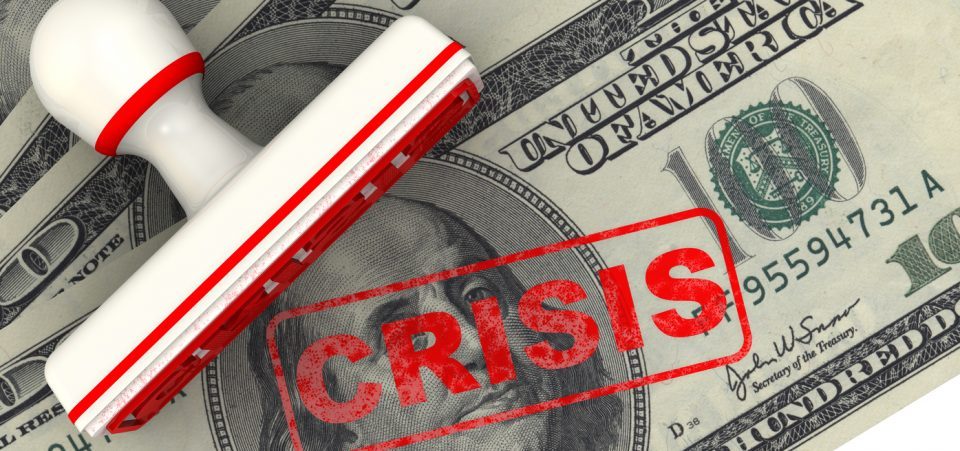
Meanwhile, the non-Western countries of the world are finally teaming up together to form a new economic system that does not allow the warmongering United States to impose economic sanctions against them if they don’t accept American “freedom” and become a “democracy” like us.
It was announced this week that the two most sanctioned countries in the world by the U.S. today, Russia and Iran, have partnered together to form their own credit card payment system.
Tehran and Moscow interconnect local payment systems
Iran and Russia have signed their first bilateral monetary agreement that they say is to strengthen financial and economic ties and counter the impacts of US sanctions on their economies.
With Iran having joined the MIR payment system, the Russian alternative to Visa and Mastercard, Iranians will be able to withdraw money from Russian ATMs with Iranian bank cards from late August this year, the Governor of Iran Central Bank (CBI) Mohammadreza Farzin announced on Saturday.
“The second part of the plan was to connect Russia’s MIR network to Iran’s SHETAB. This is a project that the technical teams of the two countries have been working together for a long time, both in the Central Bank of Iran and in the Central Bank of Russia. Fortunately, this work has also been finalized,” Farzin said.
Farzin stated that Iran’s SHETAB system and Russia’s MIR payment systems are now operational, adding that the deal had been finalized during his with Russian counterparts on the sidelines of the Financial Congress of the Bank of Russia in St. Petersburg on July 4th.
“Iranian cards will be able to be used in Russian ATMs, almost in late August. Every person with an Iranian card can receive their funds in rubles from Russian ATMs,” he added.
He added that the second stage of this connection will be for the benefit of Russian nationals in Iran, and in the third stage, Iran’s SHETAB cards will be able to be accepted at the point of sale (POS) terminals in Russian stores.
“This plan has three stages. The next stage is that Russian cards will be usable in Iran, and the third stage is that our SHETAB cards will also be usable in their stores,” Farzin stated. (Source.)
Also being reported this week is the announcement that the BRICS nations are launching their own financial system.
BRICS to launch independent financial system – Moscow
Introduction of a new single currency is also on the table, Russia’s envoy to Beijing says
Countries of the BRICS economic bloc are currently working on the launch of a financial system that would be independent of the dominance of third parties, according to the Russian Ambassador to China Igor Morgulov.
The volume of Russia’s transactions in national currencies with fellow BRICS nations is constantly growing, the envoy said on Saturday in Beijing, speaking at the 12th World Peace Forum (WPF). Morgulov highlighted that Russia-China trade turnover had reached $240 billion and that 92% of settlements were being conducted in rubles and yuans.
“We are leaving the dollar-dominated space and developing the mechanism and tools for a truly independent financial system,” the ambassador said, as cited by RIA Novosti.
Morgulov also said that introducing a new single currency is still some way off but stressed that the group – which recently expanded and now comprises Brazil, Russia, India, China, South Africa, Ethiopia, Iran and Egypt – is “moving in this direction.”
Last month, Russia’s Deputy Finance Minister Ivan Chebeskov told media that Russia was working on creating a settlement-and-payment infrastructure together with BRICS member states’ central banks. The senior state official specified that the economic bloc was working on launching the BRICS Bridge platform for settlements in national currencies.
In addition, Russian Finance Minister Anton Siluanov told Russian daily Vedomosti that BRICS Bridge could provide member states an opportunity to make settlements using digital assets of central banks linked to national currencies
Russia has been promoting its own domestic payment system as a reliable alternative to SWIFT, after many of the country’s financial institutions were cut off from the Western financial network in 2022. The Russian SPFS interbank messaging system ensures the secure transfer of financial messages between banks both inside and outside the country.
Moscow has also accelerated efforts to move away from SWIFT by trading with international partners using their respective national currencies. The trend has been increasingly supported by members of the BRICS group, which have shifted from using the dollar and euro for trade settlements. The share of national currencies in Russia’s settlements with BRICS countries jumped to 85% at the end of 2023, up from 26% two years ago. (Source.)
Then there is the Shanghai Cooperation Organization (SCO) that just met in Kazakhstan, where the U.S. was not invited and did not attend.
This was barely covered in the U.S. media, but is considered very significant in developing economic and military alliances apart from the U.S.
Pepe Escobar: Why the SCO Summit in Kazakhstan Was a Game-Changer
It’s impossible to overstate the importance of the 2024 summit of the Shanghai Cooperation Organization (SCO) this week in Astana, Kazakhstan. It can certainly be interpreted as the antechamber to the crucial BRICS annual summit, under the Russian presidency, next October in Kazan.
Let’s start with the final declaration. As much as SCO members state “tectonic shifts are underway” in geopolitics and geoeconomics, as “the use of power methods is increasing, with norms of international law being systematically violated”, they are fully engaged to “increase the SCO’s role in the creation of a new democratic, fair, political and economic international order.”
The SCO 10 – with new member Belarus – are explicitly in favor of “a fair solution to the Palestinian issue”. They “oppose unilateral sanctions”.
They want to create a SCO investment fund (Iran, via acting President Mohammad Mokhber, supports the creation of a SCO common bank, just like the NDB in BRICS).
Additionally, members that “are parties to the nuclear Non-Proliferation Treaty stand for compliance with its provisions”.
And crucially, they agree that “interaction within the SCO may become the basis for building a new security architecture in Eurasia.”
The last point is actually the heart of the matter. That’s proof that Putin’s proposal last month in front of key Russian diplomats was fully debated in Astana – following Russia’s strategic deal with the DPRK de facto linking security in Asia as indivisible with security in Europe.
That is something that remains – and will continue to remain – incomprehensible for the collective West.
The road map ahead of course includes socio-economic integration and the development of international transportation corridors – from the INSTC (Russia-Iran-India) to the China-supported “Middle Corridor”. (Full article.)
The reign of the American Empire is coming to an end, but most Americans don’t realize it yet. They are still clinging to their false belief in American Exceptionalism, believing that they just need the right political hero to take over.
The Christians and those on the “Right” believe that Donald Trump is going to save them, while the “Left” is becoming frantic and looking for a new hero to step in and save the day.
Both of them are wrong, because politicians do not run this country.
The rich investors on Wall Street and in Silicon Valley do, and when their business empire crashes, no politician will be able to do anything about it.
This article was written by Human Superior Intelligence (HSI)
See Also:
Understand the Times We are Currently Living Through
The Demonic Roots of Christianity: The Christians Jesus Said He Hated
Who are God’s “Chosen People”?
Life in the Spirit versus the Religious Life in the Flesh
KABBALAH: The Anti-Christ Religion of Satan that Controls the World Today
Christian Teaching on Sex and Marriage vs. The Actual Biblical Teaching
Exposing the Christian Zionism Cult
The Bewitching of America with the Evil Eye and the Mark of the Beast
Jesus Christ’s Opposition to the Jewish State: Lessons for Today
Identifying the Luciferian Globalists Implementing the New World Order – Who are the “Jews”?
The Brain Myth: Your Intellect and Thoughts Originate in Your Heart, Not Your Brain
The Seal and Mark of God is Far More Important than the “Mark of the Beast” – Are You Prepared for What’s Coming?
The Satanic Roots to Modern Medicine – The Image of the Beast?
Medicine: Idolatry in the Twenty First Century – 10-Year-Old Article More Relevant Today than the Day it was Written
Having problems receiving our emails? See:
How to Beat Internet Censorship and Create Your Own Newsfeed
We Are Now on Telegram. Video channels at Bitchute, and Odysee.
If our website is seized and shut down, find us on Telegram, as well as Bitchute and Odysee for further instructions about where to find us.
If you use the TOR Onion browser, here are the links and corresponding URLs to use in the TOR browser to find us on the Dark Web: Health Impact News, Vaccine Impact, Medical Kidnap, Created4Health, CoconutOil.com.





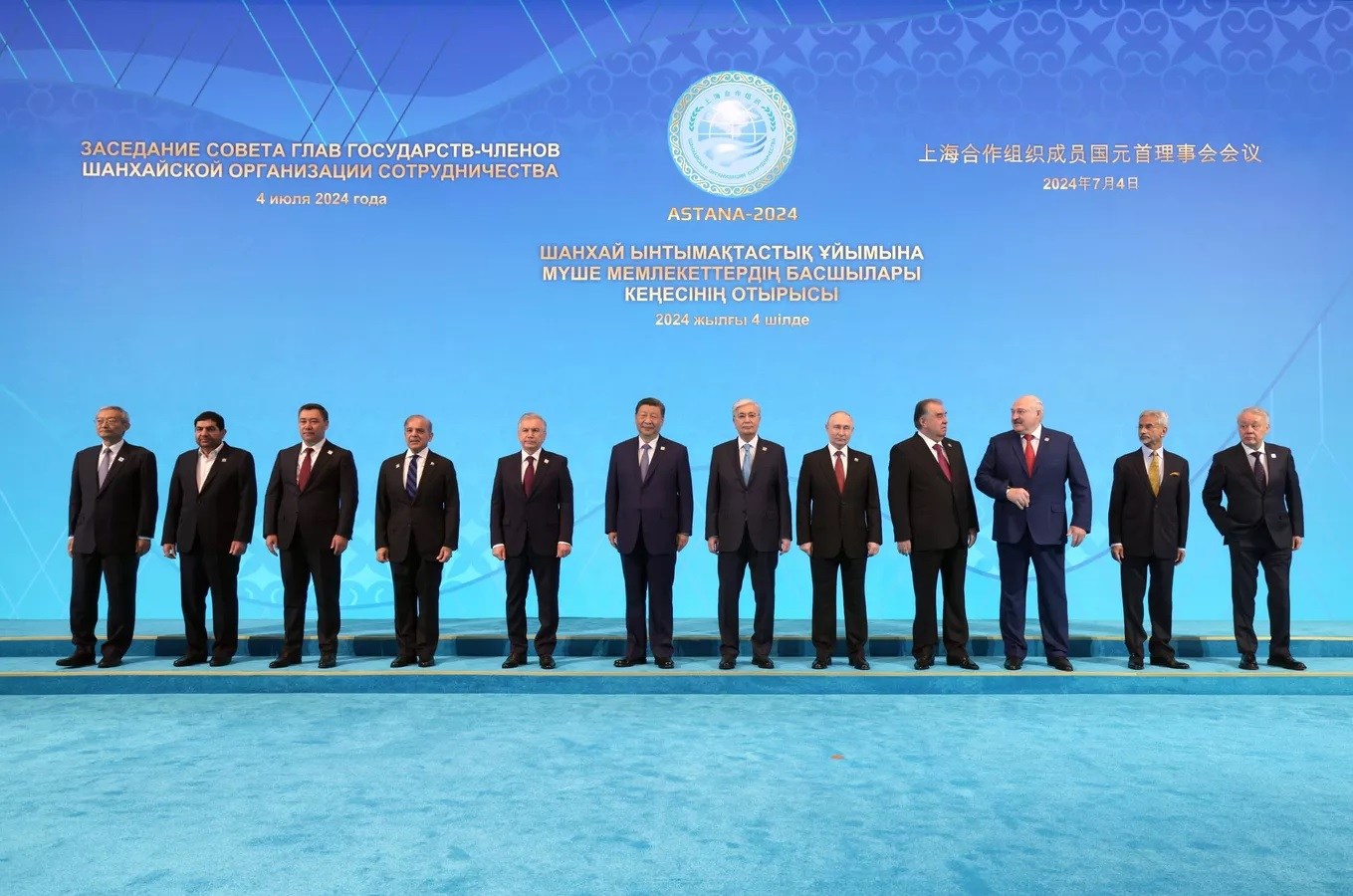










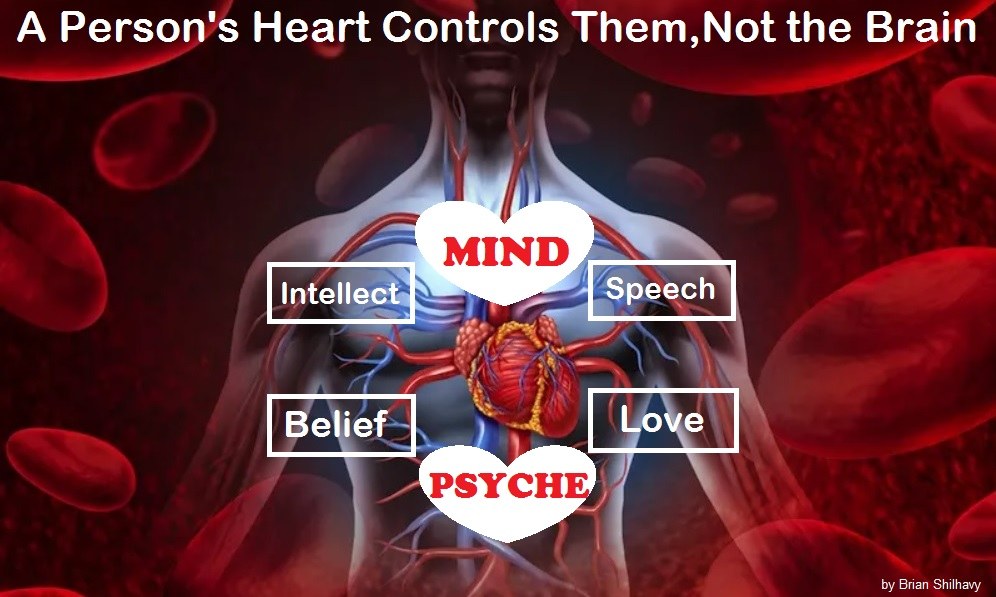
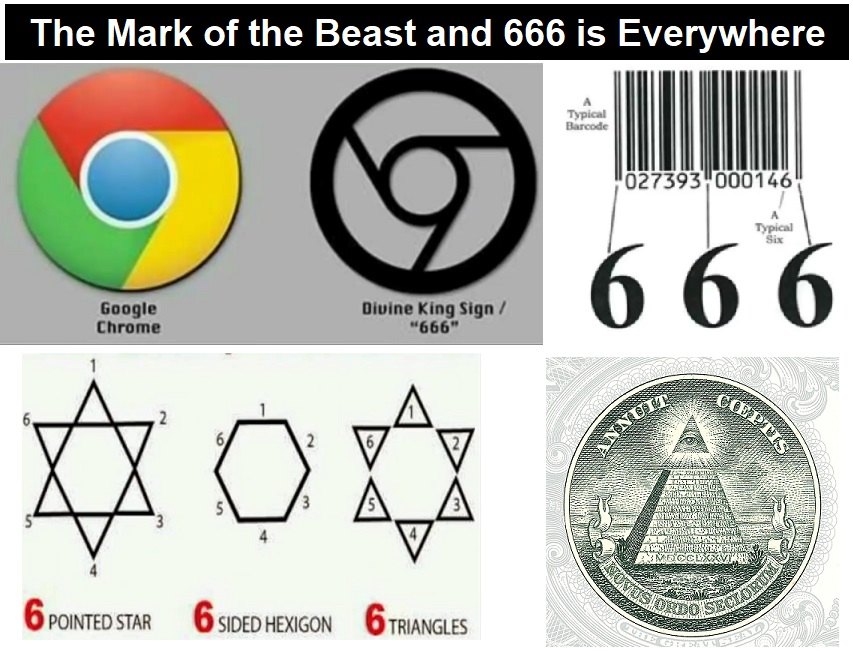

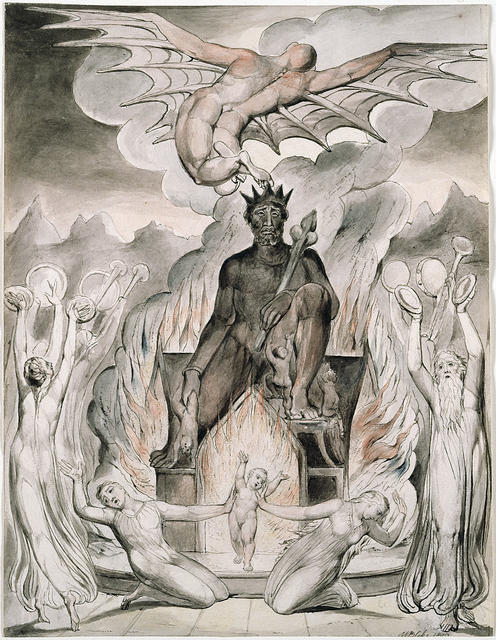


One Comment